A.I. Generated Exterior Designs
year: 2019-2020team: sage elliott, michael haseytype: research GitHub: click for source codeGan-itecture is a research based project developed by Michael Hasey and Sage Elliot between 2019 and 2020 that leverages the latest computer-deep-learning neural networks to autonomously generate new architectural design imagery in the style of Zaha Hadid, one of the most renowned architects of recent time.
To do this, they trained powerful W-GAN algorithms (Wasserstein Generative Adversarial Networks) to learn then recreate the unique patterns, styles, and geometries inherent in 6,355 images of her original work.
Though the exterior designs above may seem genuinely at a glance, they are in fact “fake” Zaha Hadid designs that have been autonomously and instantaneously generated by our W-GAN process.
Original Zaha Hadid exterior images used to train our W-GAN algorithms
Infinite Variation
GANS have the ability to create infinite variations of the learned styles within Zaha Hadid’s work. Once trained, they can hypothetically generate millions of these variations within extremely short span of time. In addition to re-creating existing styles, WGANs can create new and emergent styles of its own through the uncovering of previously hidden patterns and phenomena found within her original body of work. See below for a sample of the many interior styles generated by our algorithmic process.
multi-layer tower style
flowing bands style
tower style
wave style
new emergent style


























